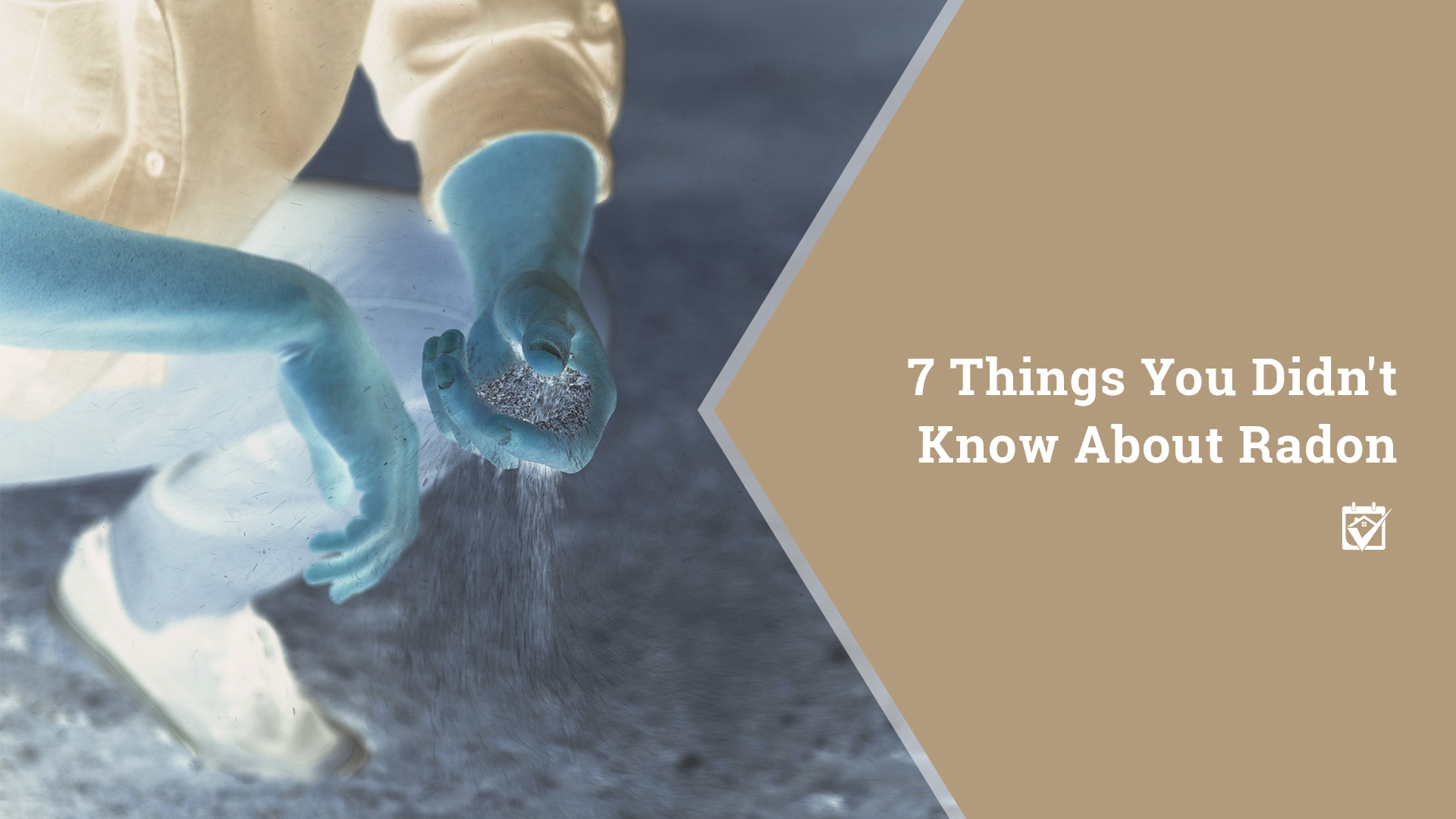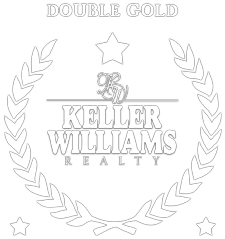7 Things You Didn’t Know About Radon
You found the perfect home. It’s gorgeous, energy efficient, in a great neighborhood and well within your budget. You wonder to yourself, “why is this perfect home still on the market?” Then you read the disclosures. Your perfect pad has a serious radon problem.
Radon and You: 7 Things to Know
Radon is a reasonably common problem in homes, so if you come across a house that you absolutely adore, you’re not even remotely out of luck. Instead, you may reap the benefits of someone else’s lack of information about the gas. Here are seven things to know if you’re considering a home with a radon problem:
- Radon is a radioactive gas. You can’t smell it, see it or taste it, but it’s the second leading cause of lung cancer anyway. Of course, it doesn’t go straight to cancer right away, but exposure over time will increase the likelihood of lung cancer in the home’s occupants if it’s left alone.
- Testing for radon is simple. You can choose to perform a short-term, long-term or continuous test for radon levels in a building. The short-term tests are active charcoal-based and only take about a week to complete. These are the kind that are typically used by radon inspectors.


